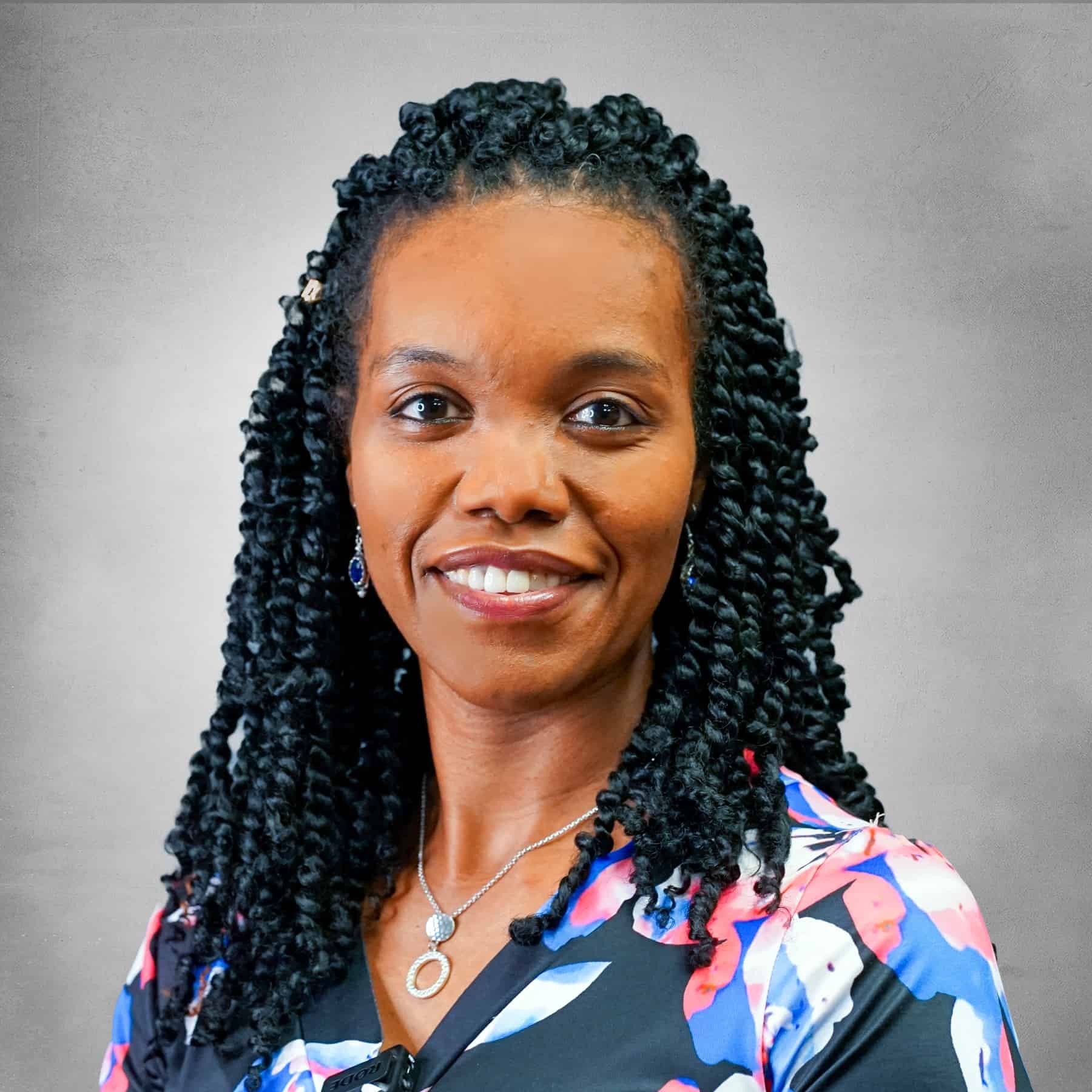Joint pain, weakness and stiffness are very common complaints, especially as we age.
Physical therapy can help by strengthening the muscles around the joints, reducing inflammation, and teaching patients good habits in terms of caring for their joints.
Regional One Health offers outpatient physical therapy at its main campus and East Campus, and patients can see a therapist without a doctor’s referral.
Good medical care is key to healthy aging, but there’s one group of specialists too many people overlook in the quest to remain active and strong: rehabilitation therapists.
Ambrosia Scott, DPT, LAT, CCI, Regional One Health outpatient rehabilitation manager, said therapy can help with mobility, strength and pain. Patients can see a physical therapist directly or by referral, it’s easy to get started.
“Joint pain is the number one complaint we hear as patients get older,” Scott said. “They aren’t as mobile as they used to be, so they can’t be as active as they want to be. As therapists, what we do is help you help yourself.”
Scott said many people notice problems starting around age 50 due to conditions like arthritis or osteoporosis. Everyday factors like repetitive motion, a sedentary lifestyle, even dehydration or improper footwear may contribute. She suggested seeing a therapist if you experience pain that lasts at least two weeks, popping or clicking in the joint, or occurrences of weakness in the joints such as instability at the ankles or knees.
“We educate patients on how to take care of their joints,” Scott said. “That includes finding the right footwear, learning which surfaces are good for exercise, getting enough protein and fluids, and learning proper positioning to reduce pressure on your joints.”

Ambrosia Scott, outpatient rehabilitation manager at Regional One Health, said educating patients on how to protect their joints is crucial to good care. “As therapists, what we do is help you help yourself.”
Physical therapists teach patients exercises tailored to their specific condition.
For many aging patients, joint pain is caused by reduced cartilage, Scott said, causing the bones to rub together and create painful inflammation. “You can’t regrow cartilage, so physical therapists use exercises to strengthen the muscles to resist compressive forces,” she explained. “That creates spacing between the bones, which decreases the inflammatory process.”
Therapists also use hands-on techniques like dry needling, which involves insertion of micro-needles into the body; and myofascial release, which involves pressure and stretching. Both reduce pain and stiffness by improving blood flow, breaking up scar tissue, reducing inflammation, and promoting the body’s natural healing processes.
After just six to eight sessions of physical therapy, many patients report less pain and enhanced strength and mobility, Scott said. Some can even delay or avoid joint or back surgery.
Physical therapists can also connect patients to rehabilitation for age-related concerns ranging from problems with fine motor skills to cognitive decline. At Regional One Health, occupational therapists and speech therapists work alongside physical therapists to provide holistic care.
“As a comprehensive rehab program, one of the greatest things we offer is an interdisciplinary approach,” Scott said. “We have insight into what patients are going through. Sometimes they come to us for one type of therapy, and we can help them with something else as well.”
Bottom line, when it comes to age-related issues, don’t delay seeking the care you need. “Don’t wait until something becomes severe or chronic,” Scott said. “If you feel like things are more challenging than they used to be, early intervention is the best way to address the problems.”